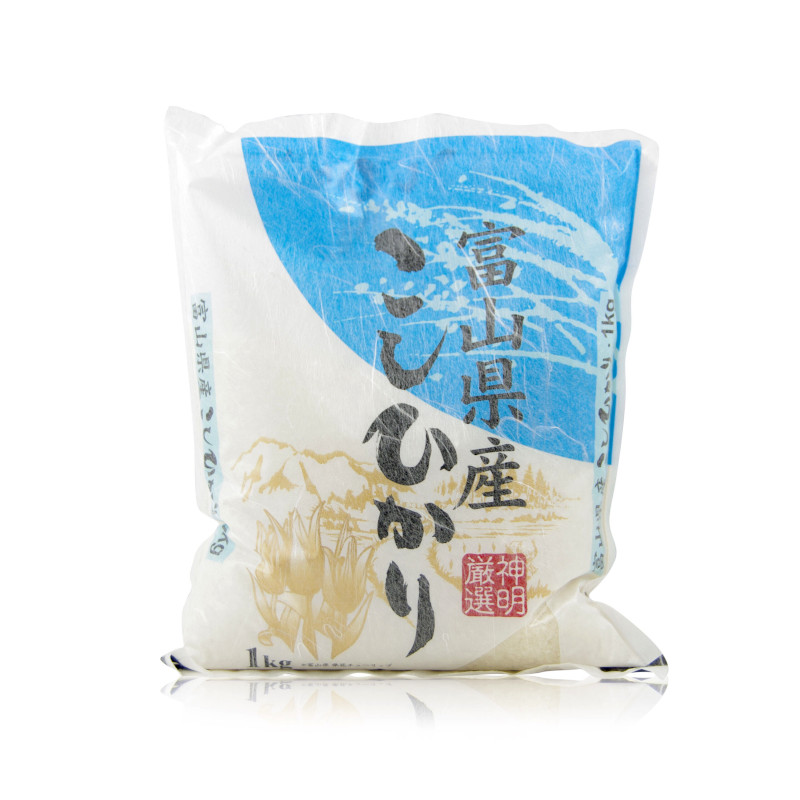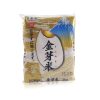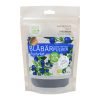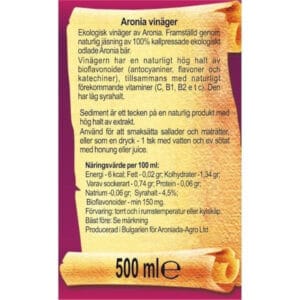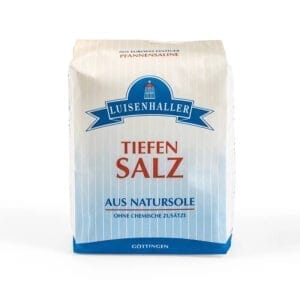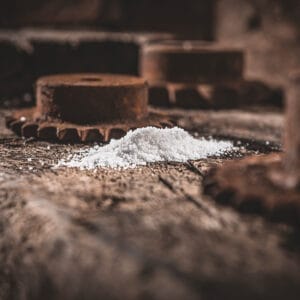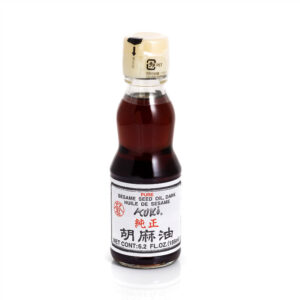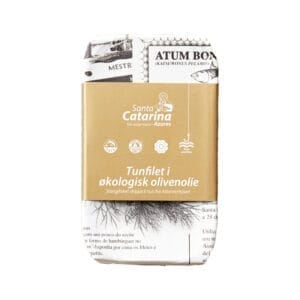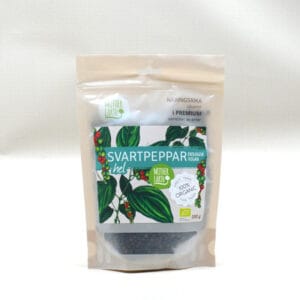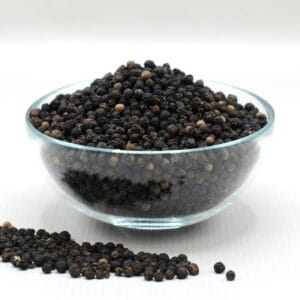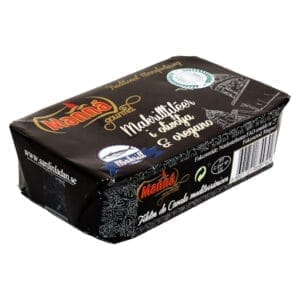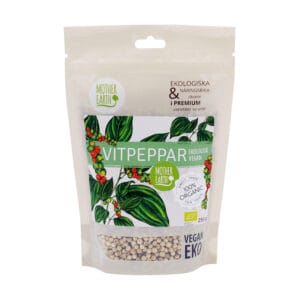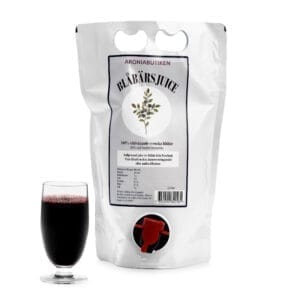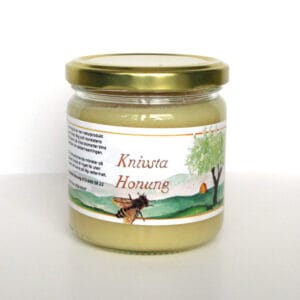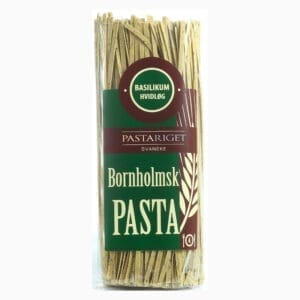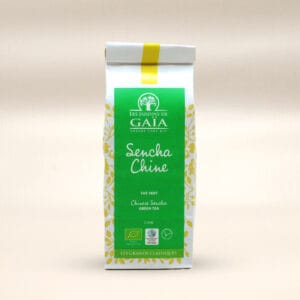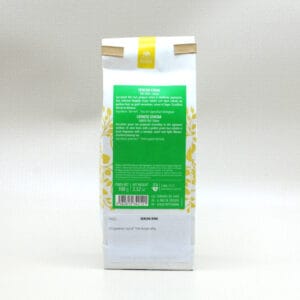Japanese rice, Toyama Koshihikari 1 kg
Japanese rice is grown in Nyuzen, an area in Toyama prefecture. Nyuze is known for its pure, natural spring water.
The rice has a unique flavor that is slightly sweeter than other Japanese rice varieties, and it has a slightly stickier texture than other types of Koshihikari.
A rice for connoisseurs, for those who like Asian food but it can also be used for different types of cooking. Gluten-free of course.
Here’s how to cook rice in a saucepan (if you don’t have a rice cooker)
You can use a rice cooker or cook in a saucepan. It’s actually not difficult to cook rice in a saucepan, as long as you do it right. Do it like this:
Wash the rice once or twice in the pan (rinse it).
You need the right amount of water in relation to the rice.
1 dl rice, 1.7 dl water
3 dl rice, 5 dl water
Or to taste, if you want it a little harder, reduce the amount of water.
Add water, wait 30 min! Important to wait a little before starting to boil.
When the rice boils, reduce the heat to low. After a while, you can even turn off the stove or set the pot aside. Keep the lid on at all times.
Simmer under a lid for 20 minutes, then rest away from the heat for another 20 minutes.
Polished rice and lectins
Is it good to polish rice? Yes, we think so. Brown rice contains lectins, which are considered potentially unhealthy. There are those who deliberately avoid lectin-rich foods (like Malin here, she is an expert on lectins). If you want to avoid these substances, which are mentioned in the Plant Paradox Diet, Japanese rice is perfect.
Köp tillsammans
All products
Made from pure, unfiltered, organic aronia juice.
All products
Fine-grained salt from underground 250 million year old sea. From Göttingen, Germany.
All products
Aronia berries dipped in dark chocolate. 100 grams per box.

